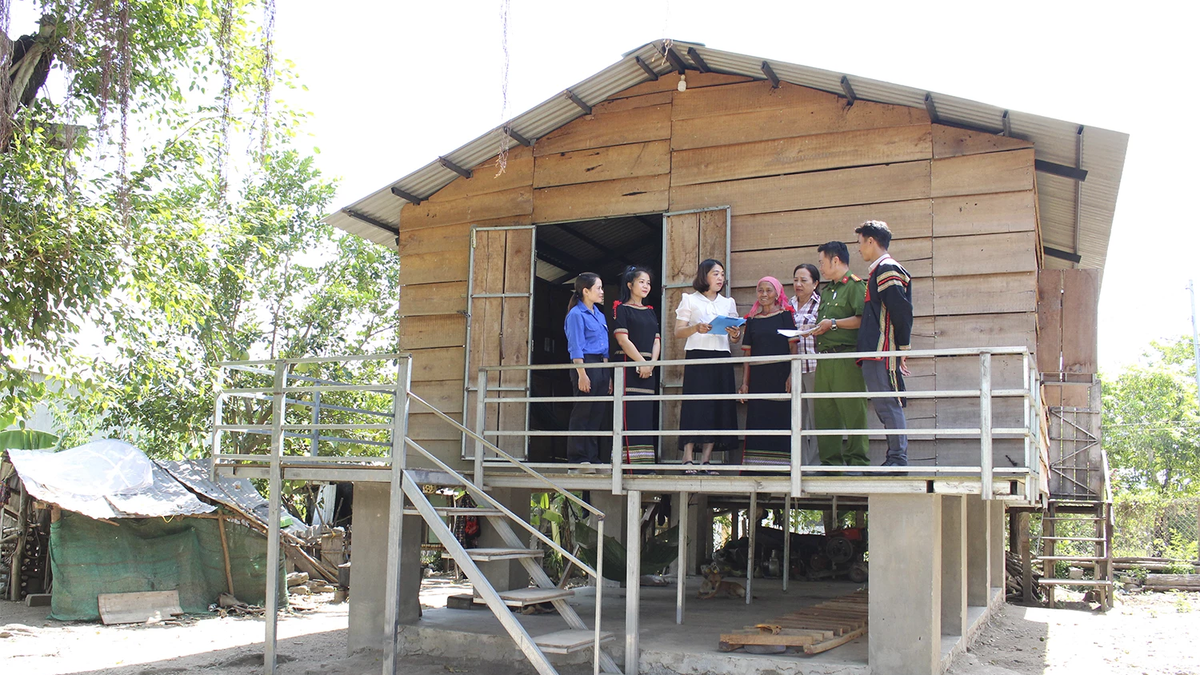The case of a female student in Hanoi is a typical example. The victim was called by a group claiming to be police officers, forced to paint fake wounds on her body and contact her family to demand ransom while she was staying at a motel that she had found at the request of the bad guys. Or the case of a 13-year-old girl in Hanoi who went missing for three days and was later found in Ho Chi Minh City.
The girl listened to the words of a “friend” she met online, who invited her to work in Cambodia, promising her a life full of joy and happiness. All of these tricks start from one thing in common: the online environment. There, the bad guys, on the one hand, disguise themselves as a force of the authorities, on the other hand, hide under the guise of a friendly, sympathetic friend, even a “savior” when the victim is lonely and hurt.
The tricks of the kidnappers are not complicated. In essence, these are impersonation scams, playing on trust, spreading fear... But what makes them dangerous is the way they are "packaged" in a technological shell, which can use artificial intelligence to imitate the voice, face of the victim's relatives, virtual location... Along with that is the ability to manipulate psychology, gain trust, isolate victims from the real world and lead them to follow them. The main direct victims today are often young people and the scariest point of online kidnapping is the "extremely short reaction time". Just a few dozen seconds of panic is enough to cause a family to lose hundreds of millions of dong. Not only material damage, the psychological consequences for the victims are also very severe.
Although many people have become more vigilant, with the support of AI and deepfake technology, fake videos are becoming more and more sophisticated, making it difficult for victims to distinguish between real and fake. This situation shows that we cannot consider this a simple scam but must consider it a serious crime like real-life kidnappings, so that we can have more urgent and thorough prevention solutions.
The responsibility to prevent and deal with this type of crime is not only the responsibility of the police but also the responsibility of families, schools, communities and each citizen. In particular, schools need to include digital safety education in their formal curriculum. Families need to learn how to accompany their children in cyberspace, not only controlling but also understanding.
Most importantly, the authorities must improve their skills to keep up with high-tech fraud schemes and promptly issue guidelines for handling situations when being “kidnapped online”, open a hotline to receive and respond quickly. Tighten the management of personal data, strictly handle the sale of information, and strengthen international cooperation to track down criminal networks. Each individual must also protect themselves and their families by limiting the sharing of images and personal information, especially children. When receiving threatening messages, calmly verify and immediately contact the police for safe solutions.
Rapidly developing technology also opens up countless traps. If you do not proactively build a digital safety “shield”, anyone can become a victim. Protecting yourself in cyberspace is not just a skill but a survival habit for anyone in the digital age.
Source: https://www.sggp.org.vn/la-chan-an-toan-so-cho-chinh-minh-post806345.html






































































































Comment (0)